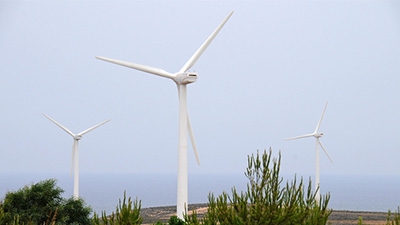Investment in renewable energy worldwide rose to about $250 billion in 2010, up from $160 billion in 2009, to reach about 20% of new investment in the energy space. This is rapid growth, but most analysts agree that it must reach several trillions of dollars a year to propel the needed transition to a sustainable energy future. Most also cite “appropriate policy incentives” as essential to achieve that.
But what policy incentives for renewable energy and energy efficiency work best? How should they be tailored to fit different conditions? How can policy-makers make energy markets respond to deliver clean energy at affordable prices? These were some of the questions addressed at a recent World Bank workshop that produced guidance to policymakers, now captured online for a wider audience.
At the workshop, government and energy utility policymakers compared notes with private sector energy providers and analysts on experience with feed-in tariffs, renewable portfolio standards and energy auctions, among others.
Cost: the key factor for policymakers
“We are in a phase of developing higher-cost renewable energy, and this is a highly policy-dependent environment,” Tim Richards, Managing Director of Energy Policy for General Electric (GE), told workshop participants. The cost of electricity, he added, is the key factor on which policymakers should focus.
Cost is indeed the focus of feed-in tariffs (FiTs)—the most widespread policy incentive for renewable energy—which offer cost-based compensation to renewable energy producers.
But even if the cost of wind and solar power technologies is dropping, workshop participants agreed that they cannot yet compete with fossil fuels, absent policy incentives.
“FiTs are the policy driver in almost every PV (photo-voltaic solar) success story,” said Mark Fulton, Head of Climate Change Investment at Deutsche Bank.
Sean Whittaker, Senior Renewable Energy Specialist in IFC’s Climate Business Group, agreed that FiTs can be effective in driving a shift to renewable energy. But, he added, “electricity decisions are political…they may be motivated by a push for climate or environmental gains, but they could also be driven by demands for social development, to create jobs, reduce costs, or to develop a manufacturing base. So the procurement program must address these demands while also providing certainty for developers.”


